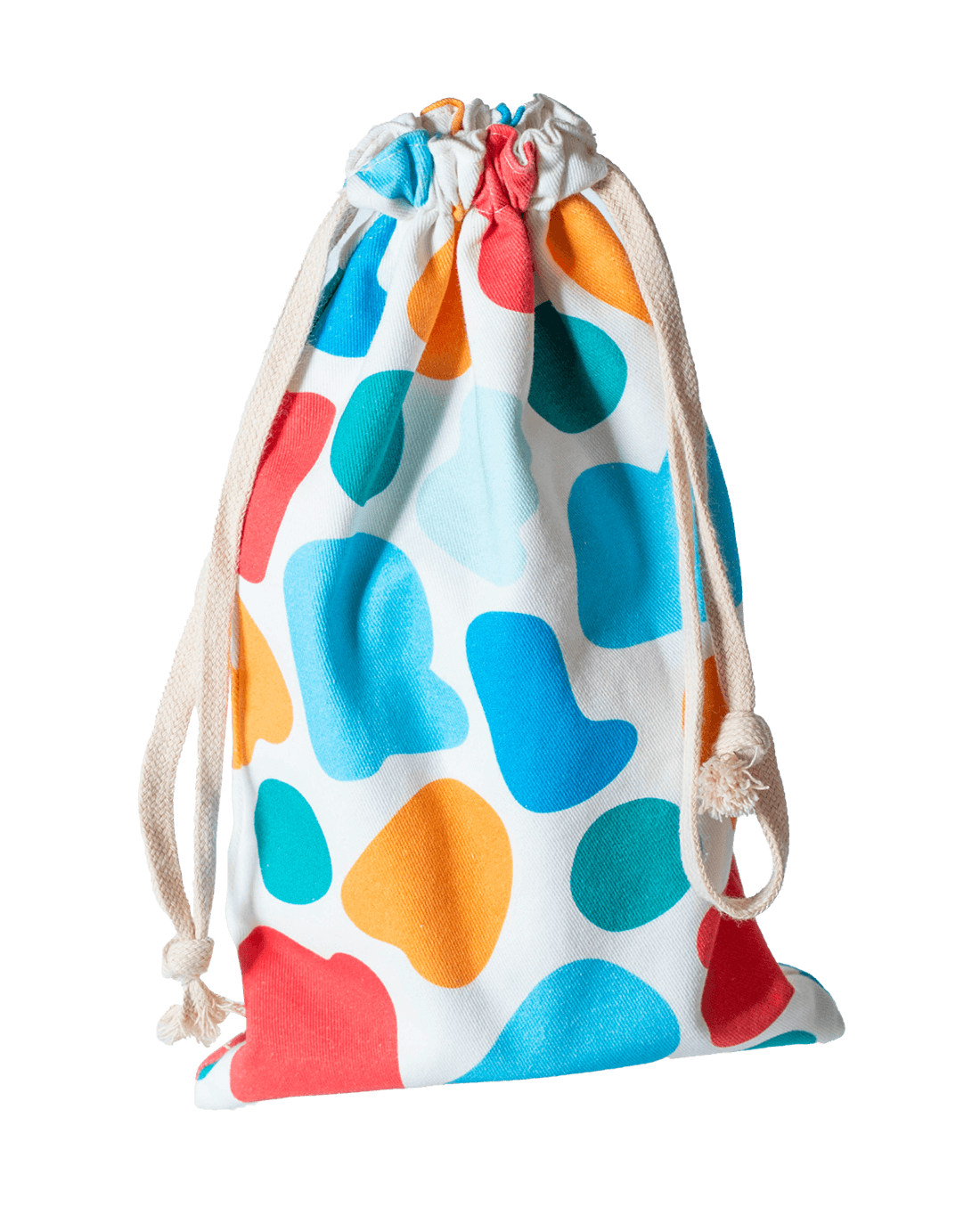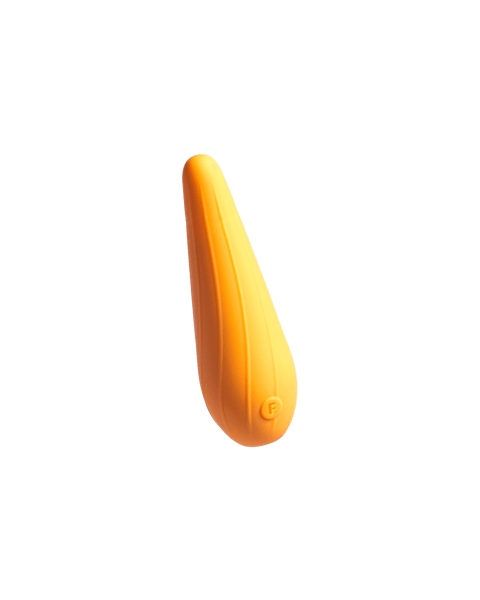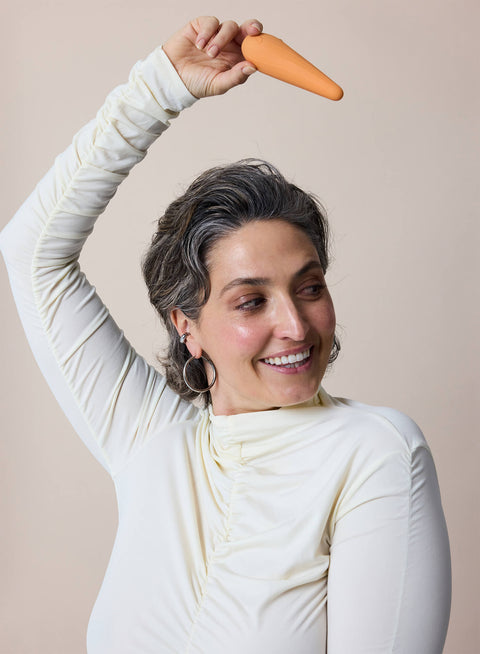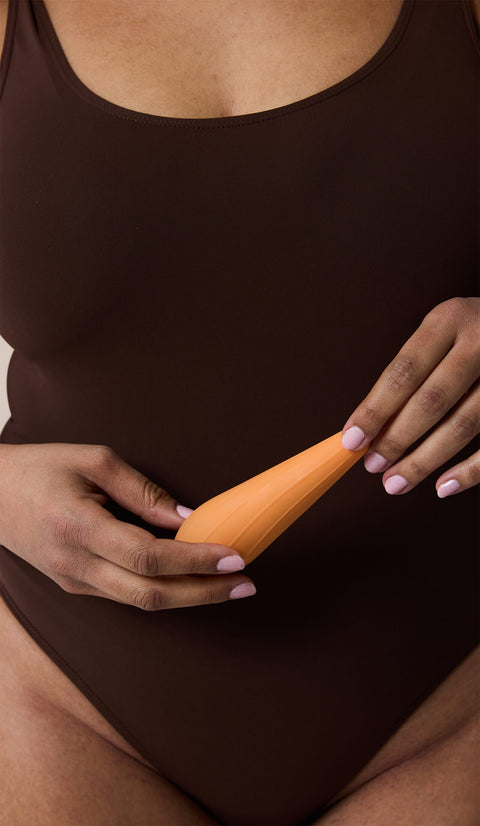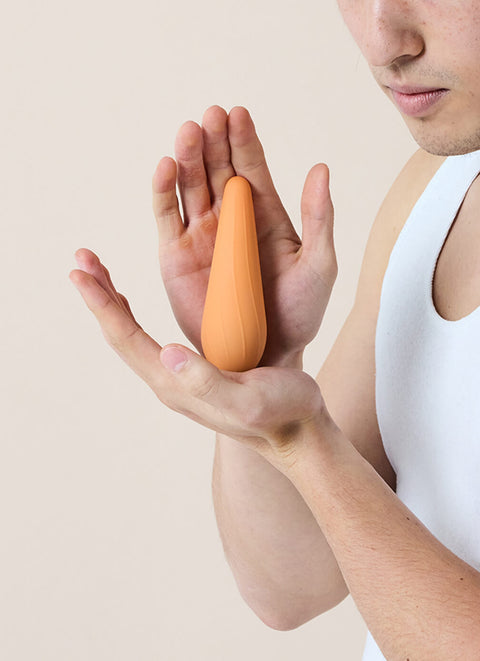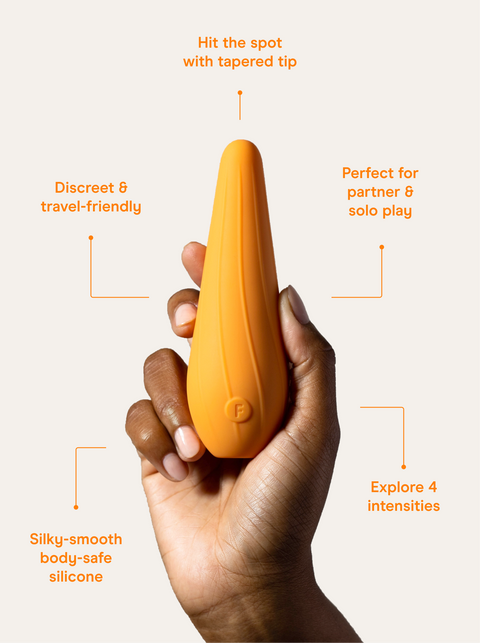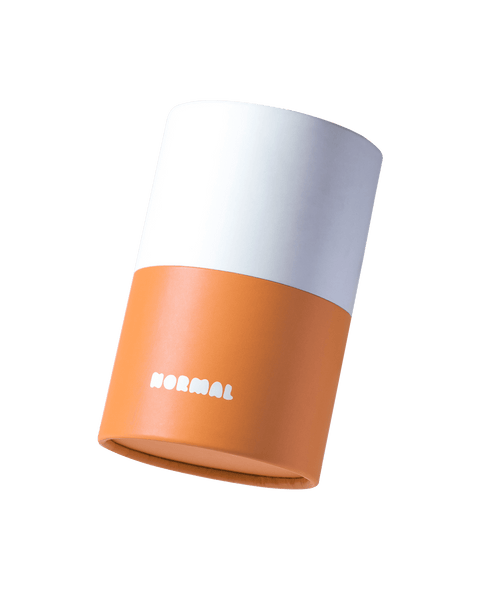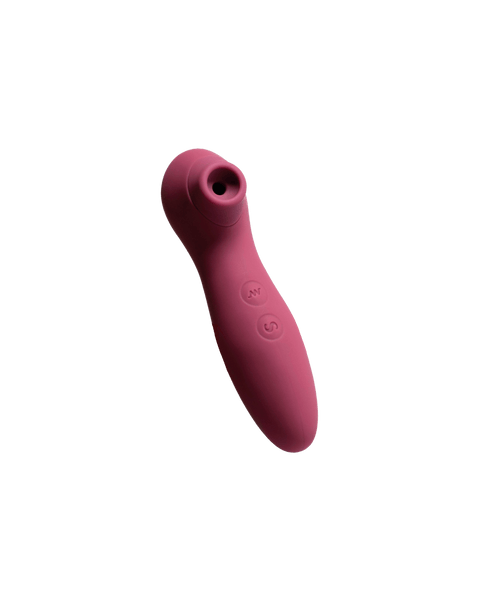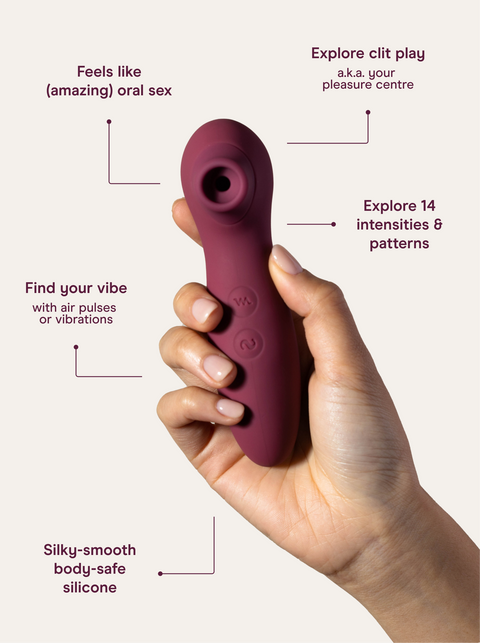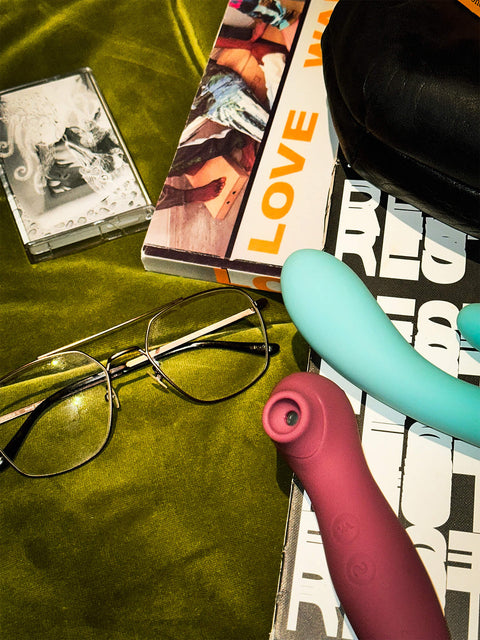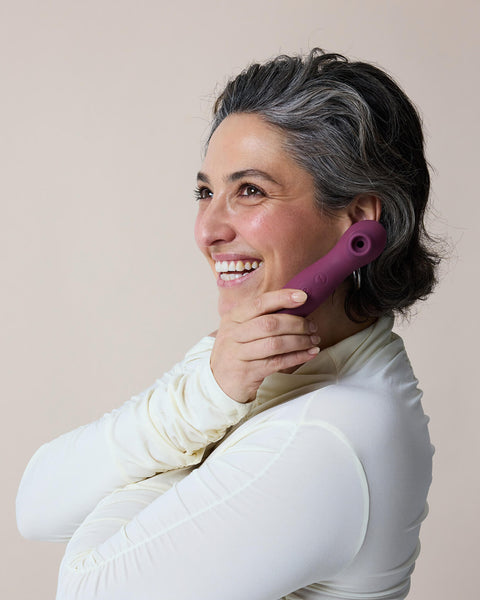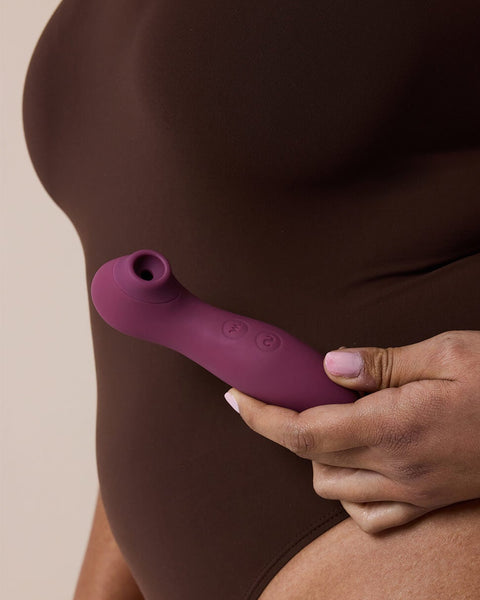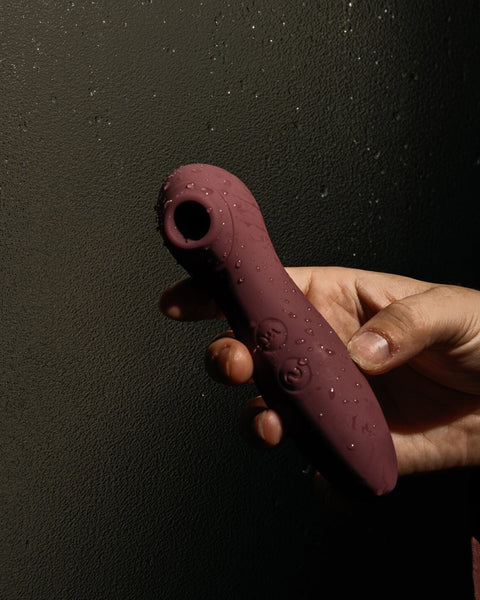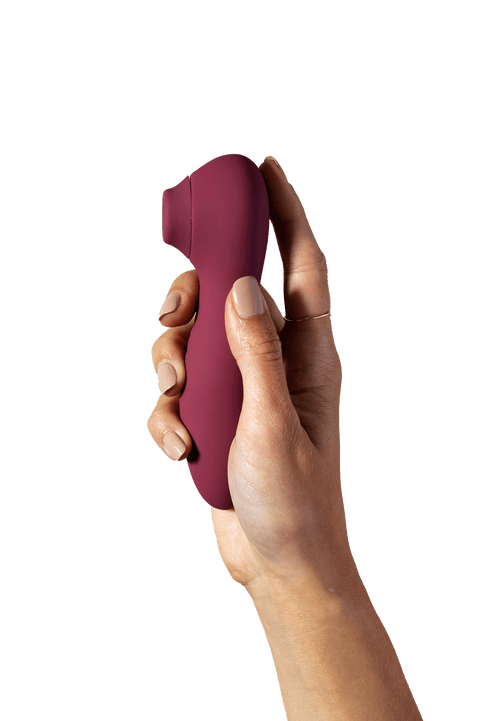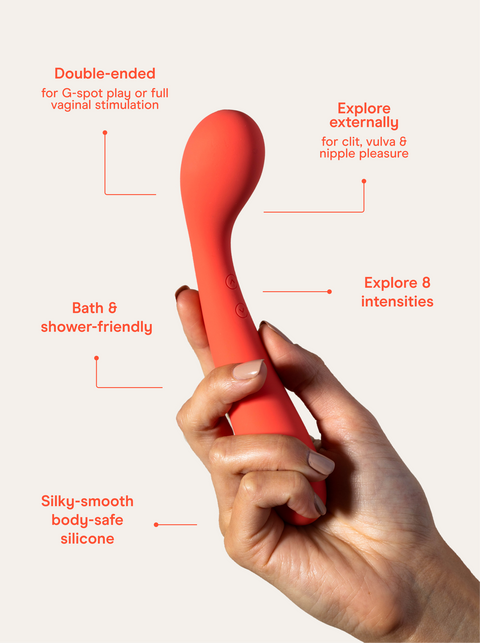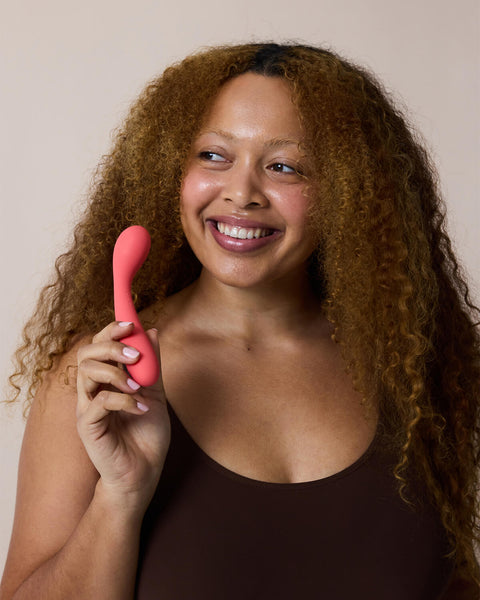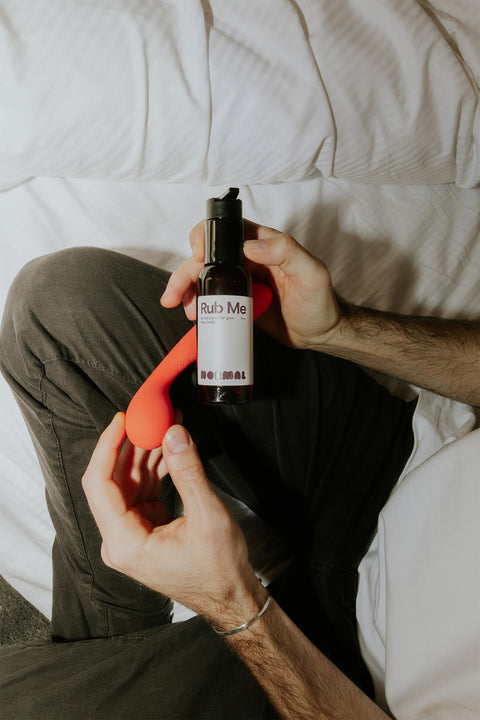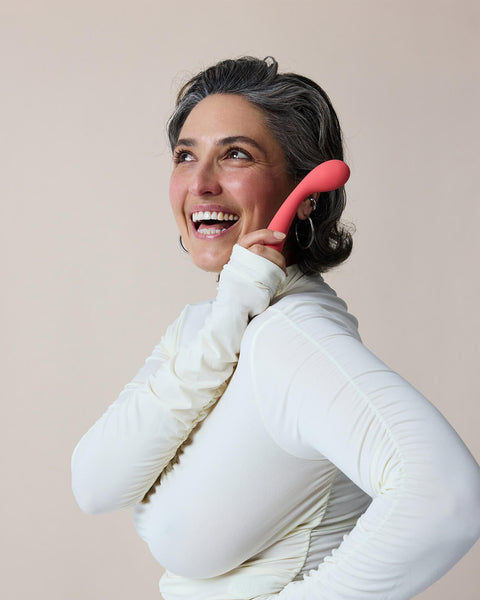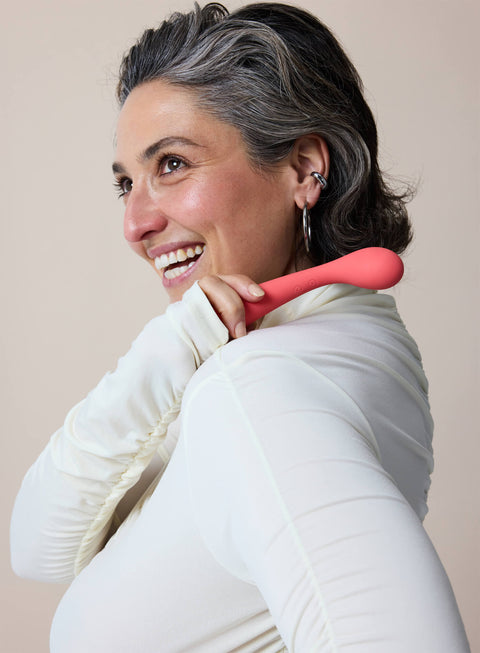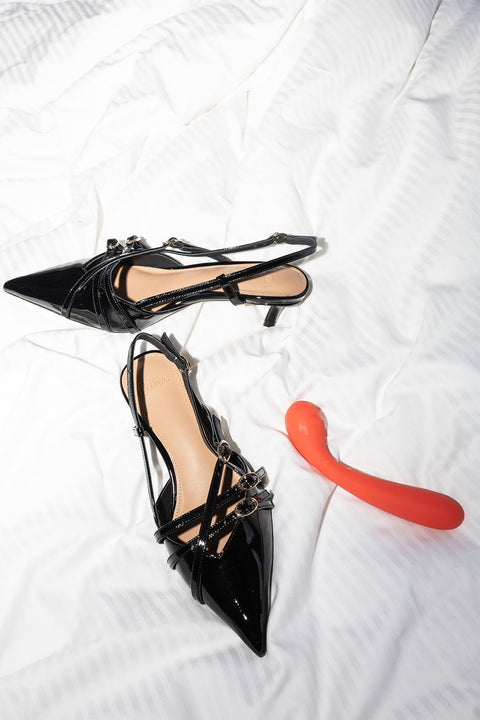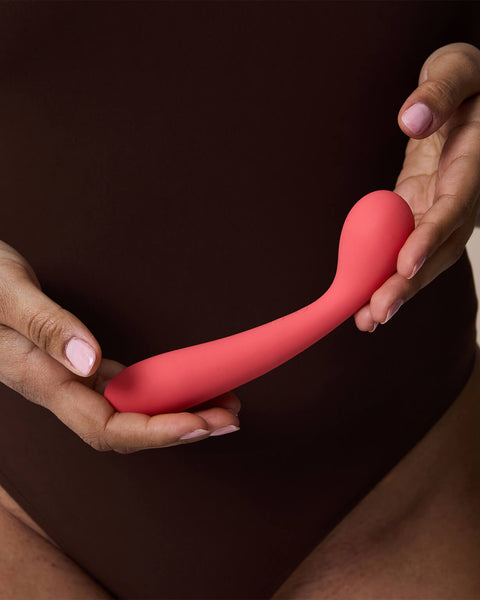Most of us will know what arousal looks like.
When we’re aroused, or turned on, some of us might get a flush on our cheeks or across our chest. Our nipples can harden. Our penis can harden too, and our vulva can swell and begin producing discharge.
These are the most common signs of arousal, but there are a few more discreet ones: we can get goosebumps, our pupils might dilate, our skin might suddenly feel more sensitive to touch and, we can get butterflies in our stomach.
But what’s really happening to spur these reactions? Why does arousal happen when it does, and does everyone have the same experience of getting turned on? Just what is going on inside of us when we get turned on?
We decided to find out.
***
It may or may not surprise you to know that, like many areas of human sexuality, the science of arousal is something that’s been quite under-researched.
Much of what we know about the topic comes from the pioneering sexologists of the twentieth century—people like Alfred Kinsey, William Masters and Virginia Johnson, and Ernst Gräfenberg. Prior to the work of these researchers, sexuality was often approached from a psychoanalytical viewpoint, as in the work of Sigmund Freud.
Sexuality was also approached from a medical perspective, although it’s worth noting that the medical practitioners of the late nineteenth and early twentieth centuries did not have the medical knowledge that today’s scientists and doctors possess. Some of the work produced during this early period has since been debunked, or has been built on with broader and better-informed research.
But there’s a lot we can still learn from the research of the twentieth century, and it begins with the model of human sexual response developed by William Masters and Virginia Johnson in 1966.
They theorised that humans respond to arousal in the following way:
- First, there’s the Excitement Phase, which occurs in response to sexual stimuli like a touch or a thought. Our breathing quickens, and our heart begins pumping blood faster to our muscles and genitals—basically readying our body to act. The vagina begins producing discharge which acts as lubricant, and the vulva swells. The penis also hardens, as can the nipples.
- Then there’s the Plateau Phase, in which all of these responses continue and sometimes intensify.
- Next is the Orgasm Phase, and we can guess what happens there: we climax! We experience muscle contractions, especially around the pelvis, and intense feelings of pleasure. Male-bodied people might ejaculate, and female-bodied people may squirt. It’s worth noting that not everyone reaches this stage, and an orgasm isn’t a prerequisite for a fulfilling sexual experience.
- Finally, there’s Resolution. Our muscles relax, our heart rate slows back down, and we experience a refractory period in which we can’t orgasm again.
The Masters and Johnson model was designed to only reflect a person’s physical experience of arousal and orgasm, not their mental or emotional experience. However, a decade or so later, sex therapist Helen Singer Kaplan suggested a new, three-stage model for arousal that was focused on Desire, Excitement, and Orgasm. These three stages more accurately reflected a person’s experience, she believed, especially with regards to desire: the want to experience arousal.
In the early 2000s, researcher Rosemary Basson would expand on Singer Kaplan’s theory of desire to suggest that there were two different types of desire: spontaneous desire and responsive desire. Responsive desire is what we feel in response to a particular stimulus that immediately puts us in the mood. If you’ve ever felt horny after smelling your partner’s cologne, seeing them undressed, or hearing a particular song (‘Criminal’ by Fiona Apple? Just us?) then you’ve experienced responsive desire. Spontaneous desire, on the other hand, hits you out of the blue—all of a sudden, you just have to have sex or masturbate! Sex researcher Emily Nagoski discussed these two models of desire some years later and her focus on the topic became groundbreaking—but it has been known for quite some time that desire isn’t a ‘one size fits all’ experience.
So you can probably tell that as time has passed, more and more researchers and educators have built upon the original model of human sexual response to make it more, well, realistic. Because let’s be honest: arousal isn’t always a neat, linear process. In the real world we can get turned on, get distracted by something like a phone call from our boss or a knock at the door, and then lose the mood altogether. We can also experience mismatched libidos in which our desires don’t always line up with our partner’s.
But all of the models we’ve seen so far seem to miss one, crucial aspect of arousal. It’s not linear at all—really, it’s circular.
Enter Rosemary Basson.
She suggested a six-stage model of arousal that exists in a circle. There’s no beginning or end to it, because each stage can flow onto the next. We’re going to explain it here, but if you want to see the circular diagram of Basson’s model, The Cut has shared an image of it. If you want to read Basson’s entire paper, entitled The Female Sexual Response: A Different Model, you can do so here. (Also, we want to note that although Basson wrote the model while thinking about women’s sexuality, it’s really applicable to anyone. We believe anyone of any gender is capable of experiencing this model!)
The models of desire we’ve explored today are just the tip of the iceberg when it comes to understanding human arousal. While we think many of these models are applicable to many people, we’re also aware that not everyone experiences desire this way—some people might have an entirely different experience!
So we’re interested to know: if you had to draw or write your own, unique model of desire, what would it look like? Where would it start? Where would it end? Or would it be circular, like Basson’s model—or another shape entirely?
Some suggestions for further reading if you, like us, are interested in the science of arousal:

